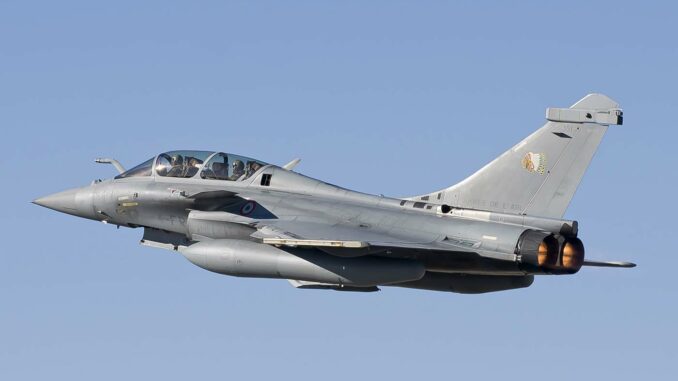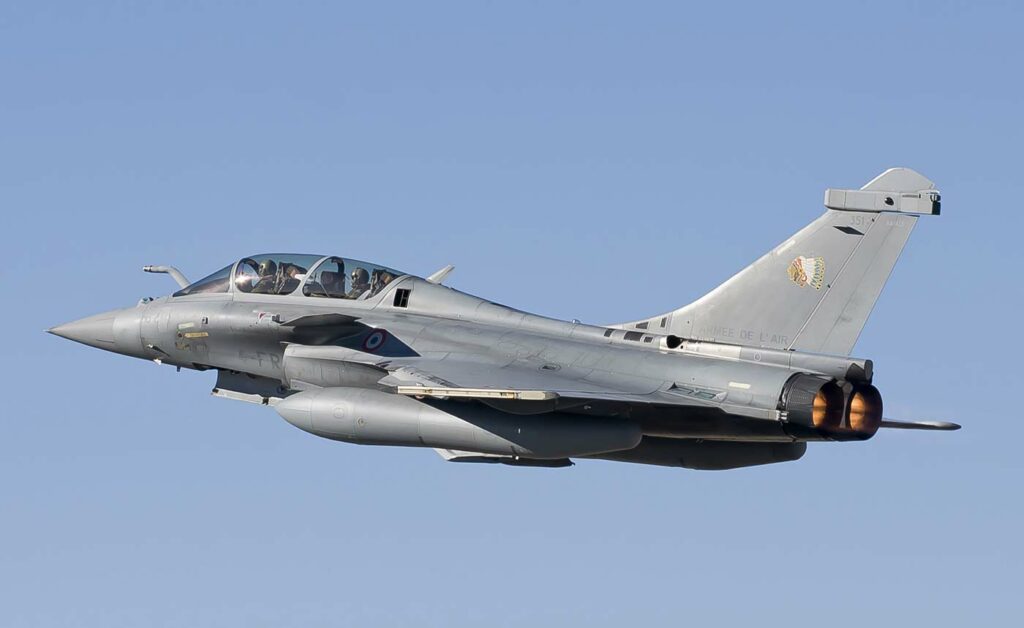
The Indian Air Force (IAF) has deployed its Rafale aircraft to investigate an unidentified flying object (UFO) sighted near Imphal airport. Despite the use of advanced sensors and low-level flight, the UFO remains untraceable, raising questions about air safety and surveillance.
Rapid IAF response
The IAF reacted swiftly to reports of a UFO near Imphal airport, quickly deploying a Rafale aircraft from a nearby air base. This immediate response underlines the importance attached to air safety, especially in sensitive areas.
Rafale deployment
Aircraft equipped with advanced sensors: The Rafales, equipped with high-tech sensors, flew low over the suspect area. This rapid response capability demonstrates the flexibility and efficiency of the Indian Air Force.
UFO investigation: Despite the technology on board, the Rafales were unable to locate the UFO. This failure to locate the UFO raises questions about the nature of the reported object.

Implications for aviation safety
The presence of a UFO near a civilian airport is a major concern for aviation safety. It raises questions about airspace surveillance and the need for effective detection and response systems.
Surveillance and identification
Detection of Unidentified Objects: The ability to quickly detect and identify unidentified objects is crucial to preventing air intrusions and protecting sensitive areas.
Response to Potential Threats: The IAF’s rapid response illustrates the importance of continuous surveillance and immediate response to potential threats.
Defense and security issues
Eastern India, particularly near the border with China, is a strategically sensitive area. The Imphal incident highlights the challenges faced by the IAF in protecting this airspace.
Strengthening our military presence
Rafale deployment at Hashimara: The Rafale presence at the Hashimara airbase in West Bengal is strategic for monitoring the border with China.
Military exercises: The recent Poorvi Akash air exercises along the Chinese border show increased preparation and a show of force.
Technical analysis of the incident
Analysis of this incident raises several technical and strategic questions. The use of advanced sensors without tangible results raises questions about the limits of current technology and the need to develop more effective surveillance systems.
Sensor capabilities and limitations
Sensor technology: Rafale aircraft are equipped with the latest sensor technology, but this incident shows that improvements may be needed.
Low-altitude flight: Flying at low altitude in search of the UFO demonstrates an attempt to make maximum use of detection capabilities.

Consequences and prospects
The Imphal incident highlights the need for constant vigilance and rapid response to aerial threats. It also raises questions about the nature of UFOs and how they are dealt with by military forces and aviation authorities.
Open questions
Nature of the UFO: The absence of a discovery after an intensive search leaves open the question of the nature of the UFO.
Security of civil airspace: This incident underlines the importance of protecting airspace near important civil infrastructures.
Towards better surveillance and responsiveness
The IAF’s response to a suspected UFO in Imphal illustrates the responsiveness and adaptability of the Indian Air Force. This event highlights the challenges of aerial surveillance and the need for a coordinated response to unknown threats. While the nature of the UFO remains a mystery, this incident serves as a reminder for the armed forces and airport authorities to remain vigilant and strengthen detection and response mechanisms in the event of unusual airborne threats.
War Wings Daily is an independant magazine.